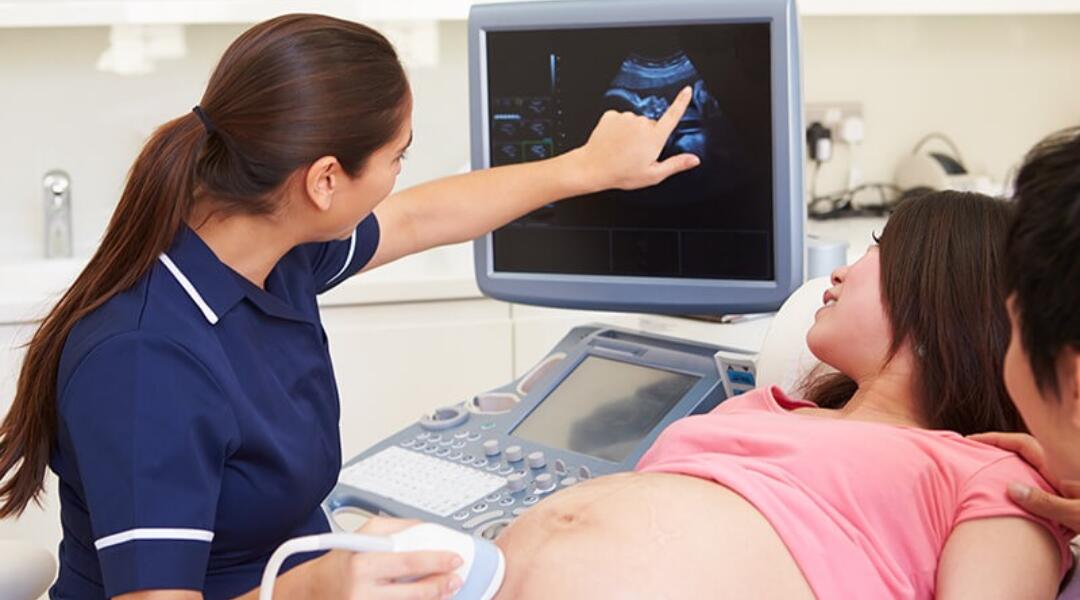Early Pregnancy Scan
An early pregnancy scan, also known as a first-trimester ultrasound or dating scan, is a medical procedure used to confirm and assess the viability of a pregnancy during the early stages. It is typically performed between 6 to 10 weeks of gestation and is an essential part of prenatal care for women who are pregnant or suspect they may be pregnant.
During an early pregnancy scan, a small handheld device called a transducer is gently moved across the abdomen or inserted into the vagina (transvaginal ultrasound). The transducer emits high-frequency sound waves that penetrate through the pelvic tissues and bounce off the developing embryo and gestational sac. These sound waves are then converted into real-time images on a monitor, allowing the healthcare provider to visualize the pregnancy and assess various parameters.
The early pregnancy scan provides important information about the pregnancy, including confirmation of intrauterine pregnancy (pregnancy within the uterus) and detection of multiple pregnancies (twins, triplets, etc.). It also helps determine the gestational age of the embryo, estimate the due date (estimated date of delivery or EDD), and assess the viability of the pregnancy by confirming the presence of fetal heartbeat.
In addition to assessing the viability and gestational age of the pregnancy, the early pregnancy scan may also detect certain abnormalities or complications, such as ectopic pregnancy (pregnancy outside the uterus), molar pregnancy, or signs of miscarriage (e.g., empty gestational sac, fetal demise).
Early pregnancy scans are generally safe and painless procedures that do not involve radiation exposure, making them suitable for pregnant women of all ages. Transvaginal ultrasound may be preferred in the early stages of pregnancy as it provides clearer images and better visualization of the developing embryo and gestational sac.
Overall, an early pregnancy scan is an important tool used by healthcare providers to confirm pregnancy, assess fetal viability and gestational age, and detect any potential complications or abnormalities that may require further evaluation or intervention.



.png)
